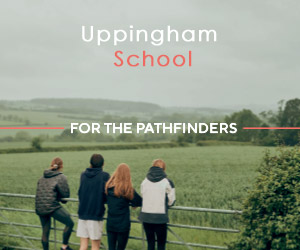
A New Dawn
21.02.22In a recent report, Jisc explores the experience of 2020 and changing aspirations of the nature and shape of learning and teaching for this academic year
The findings clearly show an expansion of online learning and that blended learning across different modes – in-person, online, on campus, at home and at work – is the preferred model for university students, staff and leaders. The report found that:
> Students prefer blended learning that incorporates extensive online components alongside in-person learning because it’s more convenient, saves time and makes it easier to access course materials
>Lecturers see opportunities to improve educational outcomes by adopting a wider range of learning activities, allowing greater flexibility of study times, space for reflection and a move to different forms of assessment
> Leaders believe blended learning enables anytime/anywhere learning, breaks down geographic barriers to delivery and extends institutional reach into new markets
Preparing for 2021
In preparing for the next academic year there is common agreement that the main barriers to greater online learning and teaching relate to culture and not technology. The research identified seven sector challenges to full digital transformation of learning and teaching.
- Embed digital at the heart of university culture
Leadership and vision are essential for transformation as digital becomes a central feature of learning and teaching.
- Invest in the short term but with a long-term strategic view
Most university learning and teaching infrastructures need significant upgrades to support the expansion of online learning and teaching. As this is a rapidly maturing field, careful long-term planning is needed to ensure investment is strategic.
- Explore new economic models for high-quality blended learning at scale
Scaling up high-quality blended learning and teaching takes considerable time and investment. If the shift is to be sustainable, affordable and widespread, work is needed on the economics that will allow transformation.
- Embrace blended learning in curriculum redesign
Focusing on learning design, with student involvement, will ensure that it achieves high-quality outcomes and makes a difference by shaping fully accessible and inclusive learning.
- Expand the digital skills and confidence of students and staff
Significant and rapid progress has been made in improving the digital capabilities of students, staff and leaders but there is much more to be done, and increasing all-round digital confidence remains a priority.
- Communicate the benefits of blended learning
We have evidenced a significant increase in the acceptance of digital learning and teaching but further attention is required to understand and meet shifting perceptions, both within and beyond the sector.
- Strengthen the response to digital poverty
The digital divide was brought into sharp relief in 2020 with students’ differing levels of digital access. This remains a priority concern for all groups and additional resources are needed to level up opportunities.
COPYRIGHT © Abode2 2012-2024












